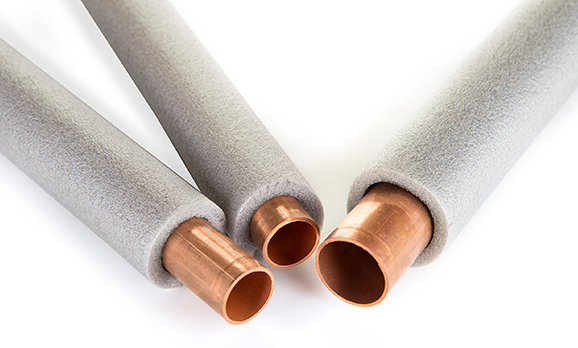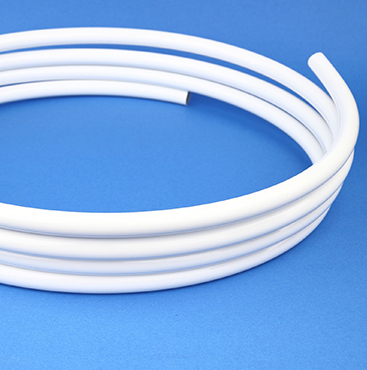Colorado is known for problematic and unforgiving winters, which often can lead to frozen pipes. When Freezing water expands, it leads to the high risk of pipes bursting. When pipes burst, all kinds of damage can occur. Not only can the water cause damage, if the water is left standing and not properly managed, it can lead to mold issues as well. Mold in a home is a whole other mess that you definitely want to avoid. Mold remediation is one of the most expensive processes a homeowner can face.
So, what is the best solution to freezing pipes? PREVENTION of freezing pipes. Taking preventative measures can greatly reduce the risk of frozen pipes so let’s discuss different types of pipes commonly used in homes and the best ways to prevent them from freezing in Colorado’s winter cold climate.
Pipe Options
There are several types of pipes commonly used in homes. While the most common is copper, PVC, and PEX are often used in conjunction with copper pipes. Copper pipes are durable and resistant to corrosion. Most homes have copper pipes in them. PVC pipes are often in homes, but to a lesser extent. They are less expensive and easier to install, but they can become fragile in cold temperatures and when they crack, they split, making them almost impossible to repair. When PVC pipes break, you have to replace them in most cases. PEX pipes are flexible and resistant to freezing, but they are usually more expensive than other options.
Copper pipe
Flex pipe
PVC pipe
Preventative Measures
Keep Your House Warm! (Thank You Captain Obvious!)
It sounds simple, but the fact is, In Colorado, it is essential to keep your home warm to prevent pipes from freezing. Make sure your propane tank has plenty of gas in it if you are going out of town as that is a source of heat for many in Colorado. The recommended temperature is at least 55°F (13°C) at all times, even when you are away. Set your thermostat to a constant temperature or use a space heater in areas where pipes are located. Another solution is a pellet stove as a backup.
Insulating Pipes
Insulating your pipes is another wise and fairly easy way to prevent them from freezing. Pipes located in unheated areas, such as the garages, basements or attics, are at a greater risk of freezing. Insulating these pipes with foam or fiberglass can help to keep the heat in and the cold out! Just a little insulation is often enough to keep the water flowing!
Shut Off Drafts in the Home
Drafts around windows and doors can allow cold air to enter the home, which makes temperatures dive. Use weatherstripping or caulking to keep the frigid air out. This will also keep your heater from having to work so hard. In other words, keep an efficient heating sytem in your home!

Insulating pipes will help prevent freezing
Let Your Faucets Drip!
Allowing your faucets to drip can prevent pipes from freezing. Water moving through the pipes is less likely to freeze, so letting your faucets drip just enough to keep a small amount of water moving through the pipes can help prevent freezing. In addition, this releases pressure in the pipes and this will allow air to flow as well which can make a big difference in bursting or not bursting!
Keep Cabinet Doors with Piping in them Open
Pipes located inside cabinets, such as under the sink, freeze quite easily. Allowing warm air to circulate around the pipes can help keep them from freezing.
Draining Your Pipes Before Long Trips – IE.. WINTERIZE
If you plan to be away from your home for an extended period, consider draining your pipes. This is actually part of Bear Creek Plumbing’s winterazation services. The basics are to turn off the main water valve and then turn on all the faucets in your home to drain the water from the pipes. If there is no water in the pipes, there is nothing to freeze!
For more information on any of the above solutions, please Contact Bear Creek Plumbing Today!



